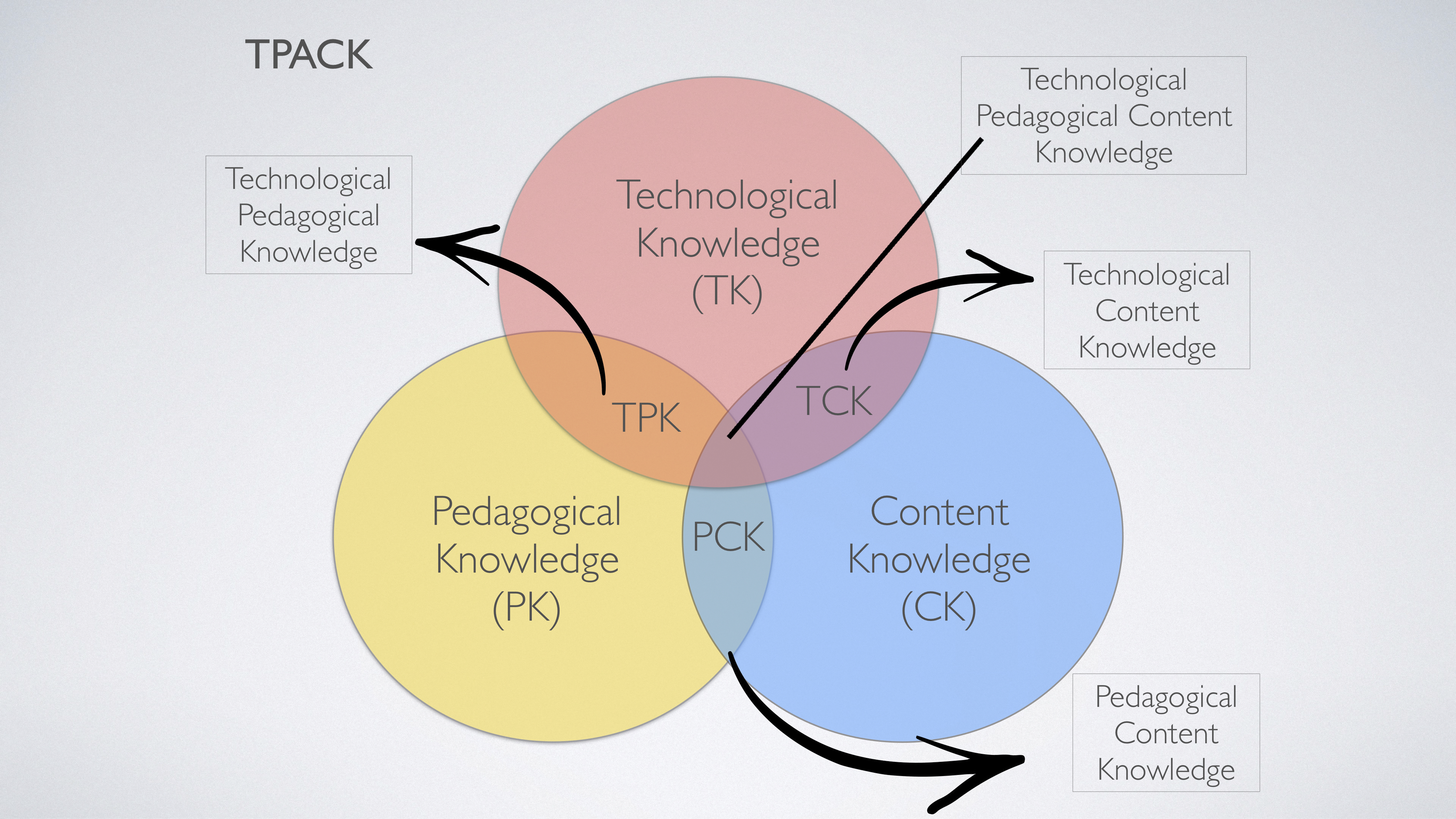COOKING WITH TPACK
Few technological tools were designed specifically for education. Indeed, most tools were created for entertainment or the business world. The task of the teacher is to use the tools available to them to help improve student learning. The teacher in today’s classroom needs to be creative in repurposing existing technologies to instruct better and enhance student learning. Kereluik, Mishra, & Koehler (2011) argue that “Teachers must embrace the role of becoming designers of curriculum, choosing technology that is appropriate for the context to be covered and their pedagogical approach (p.13).” This design is a creative one, seeing applications for learning in tools that were created for entertainment and business.This process is part of a larger instructional design called TPACK. This golden zone of teaching is the intersection of Technological Knowledge, Pedagogical Knowledge, and Content Knowledge. Where these three intersect is ideal for instruction and student learning.

In light of all this theory, my graduate class in the Educational Technology program at MSU and I undertook the Quickfire Challenge. A family member chose a plate, a bowl, and a kitchen utensil without knowing the task to which the challenger is assigned. Through a random draw, a daily kitchen task is assigned to complete with the tools provided. In my case, I was given a teacup plate, a small bowl, and a sauce brush. I needed to repurpose these tools to slice cheddar cheese.
After a few seconds of repurposing the handle of the brush to chunk the cheese, I realized that my thinking was fixed in using the plate and bowl as “holding” tools and the brush as an “action” tool. Once I realized my implicit boxed-in thinking, I was able to think beyond the usual purpose and parameters of the tools in front of me. I shifted gears and used the plate as a cutting tool, abandoning the sauce brush.
While a fun activity, the Quickfire Challenge served a deeper purpose. My instruction is often like that block of cheese and the tools before me. Indeed, the individual learning needs of my students are much like that cheese. I knew what needed to happen. I had the outcome in mind—slice cheese. I wanted a knife or something with a sharp or thin edge with which to cut. Recognizing these outcomes and needs, I was able to adapt and repurpose my existing tools.
Student learning is more important than the tools with which we teach. Adapting our practices as teachers to better reach students is the way forward. The available tools around us, whether smart tablets or social media, need to be creatively repurposed to reach our students.
Designing learning experiences for students in this vein can seem overwhelming, of course. This is why having a robust PLN (Professional Learning Network) is vital. Surrounding yourself with people who are experimenting and trying new things that can inspire you as a teacher is more relevant now than ever before.
References
Kereluik, K., Mishra, P. & Koehler, M.J. (2011). On learning to subvert signs: Literacy, technology and the TPACK framework. The California Reader, 44(2), 12-18.
Mishra, P., & Koehler, M. J. (2006). Technological pedagogical content knowledge: A framework for teacher knowledge. Teachers College Record, 108(6), 1017-1054.

